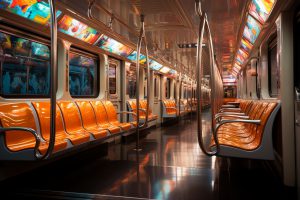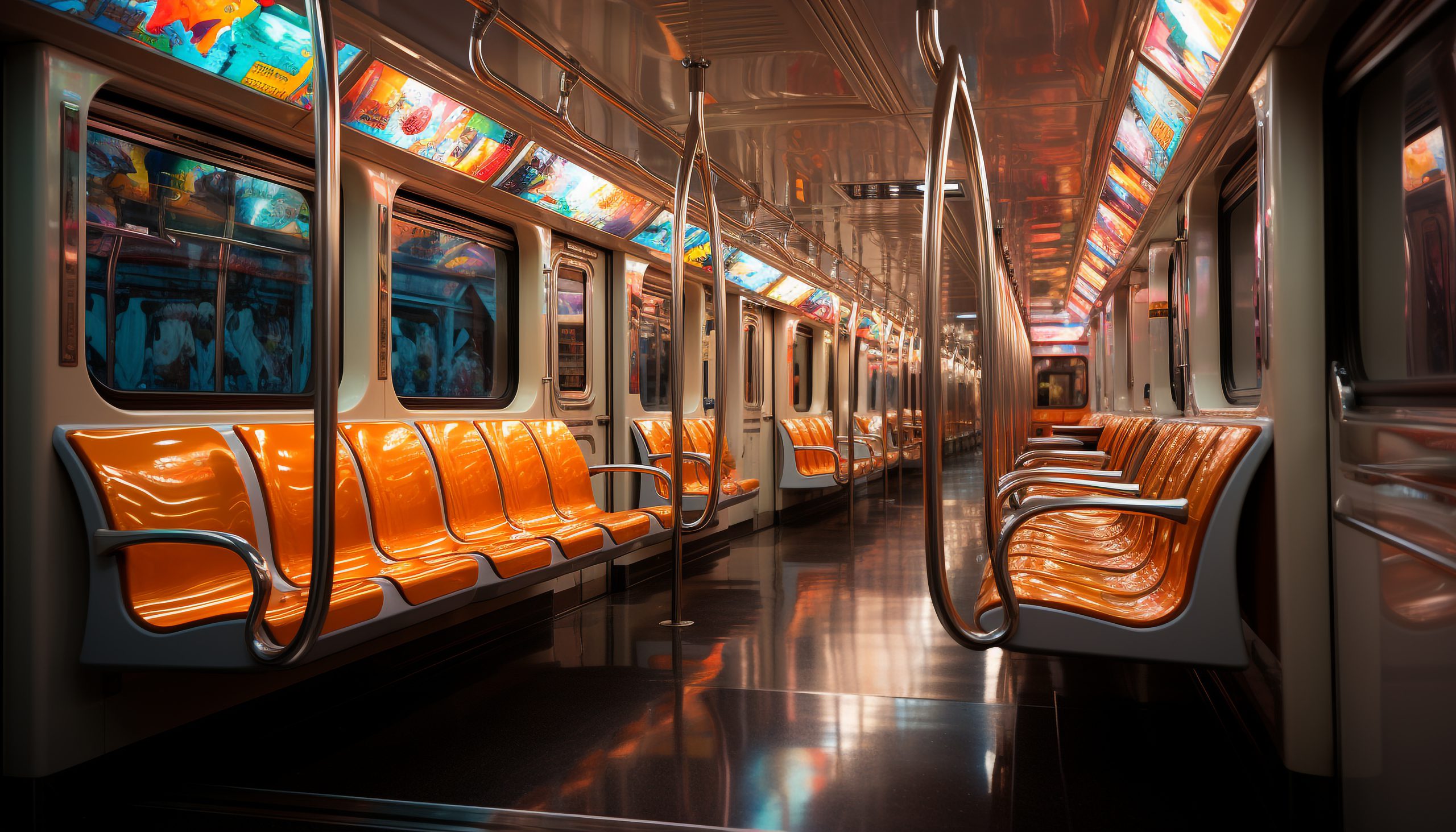The world of transportation is on the brink of a revolution, with innovative and unconventional modes of commuting capturing the collective imagination. As urbanization and population density increase, traditional transportation systems are facing challenges in meeting the growing demand for efficient, sustainable, and fast modes of travel. In this blog, we’ll explore some unconventional approaches to transporting people, ranging from futuristic aerial taxis to cutting-edge underground tubes.
- Aerial Taxis: Soaring Above the Skies
Imagine a future where your daily commute involves hopping onto a small, electric-powered aircraft to navigate the city’s skyline. Aerial taxis represent a groundbreaking concept that is gaining momentum in the transportation industry. Companies like Uber, Volocopter, and Joby Aviation are actively developing vertical take-off and landing (VTOL) aircraft for urban air mobility.
Aerial taxis promise to alleviate traffic congestion, reduce travel times, and provide a thrilling and efficient mode of transportation. These electric-powered vehicles are designed to be environmentally friendly, offering a sustainable alternative to traditional ground transportation.
- Hyperloop: Revolutionizing High-Speed Ground Travel
Elon Musk’s Hyperloop concept has been making waves in transportation discussions. This futuristic mode of high-speed ground travel involves capsules moving through low-pressure tubes at incredible speeds, reaching up to 700 miles per hour. Hyperloop technology aims to connect cities faster than ever before, with reduced travel times and minimal environmental impact.
Companies like Virgin Hyperloop and SpaceX are actively testing and developing Hyperloop prototypes, showcasing the potential for a revolutionary shift in how we travel between cities.
- Underground Tubes: The Subterranean Solution
While most transportation systems are designed to move people above ground, some visionaries are looking beneath the surface for solutions. Underground tubes, like Elon Musk’s Boring Company’s Loop and the proposed vacuum-based Evacuated Tube Transport (ETT), propose a network of tunnels to transport passenger pods at high speeds.
By avoiding surface-level congestion, underground tubes could offer a more efficient and reliable means of commuting. These systems aim to utilize advanced tunneling technology to create a vast network of subterranean passages for swift and congestion-free transportation.
- Autonomous Vehicles: Shaping the Future of Roads
The rise of autonomous vehicles is reshaping our perception of conventional commuting. Companies like Tesla, Waymo, and Uber are actively investing in self-driving technology, promising a future where vehicles navigate the roads without human intervention.
Autonomous vehicles have the potential to optimize traffic flow, reduce accidents, and make transportation more accessible for individuals who may be unable to drive. As the technology continues to mature, we may witness a paradigm shift in how we perceive personal and public transportation.
- Seaplanes and Hydrofoils: Waterways as Highways
Water covers a significant portion of the Earth’s surface, and some visionaries are exploring unconventional ways to utilize water as a transportation medium. Seaplanes, with their ability to take off and land on water, offer an alternative to traditional airports. Additionally, hydrofoils, vessels with underwater wings, promise faster and more efficient travel by lifting the boat’s hull above the water.
By tapping into waterways for transportation, these modes of travel not only provide scenic and environmentally friendly options but also open up new possibilities for connecting coastal and island communities.
Conclusion
The future of transportation is evolving at an unprecedented pace, driven by innovation and a commitment to addressing the challenges of our modern world. From the skies with aerial taxis to the depths of the Earth with underground tubes, unconventional approaches to transporting people are reshaping our urban landscapes.
As we look ahead, it’s clear that the convergence of technology, sustainability, and a desire for efficient travel experiences is driving the development of these unconventional transportation solutions. While these ideas may seem like concepts from science fiction, they represent the bold and imaginative steps that will shape the way we move and connect in the future.











